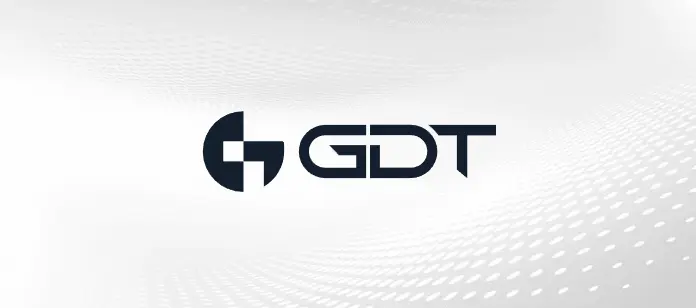If there’s one thing the tech industry loves, it’s an acronym. XDR, which stands for extended detection and response, is one of the latest in a long line of buzzwords in the security operations tech world. Some see it as the logical next step after EDR (endpoint detection and response), SIEM (security information and event management), and SOAR (security orchestration, automation, and response). XDR collects and correlates data across email, endpoints, servers, cloud workloads, and networks, enabling visibility and context into advanced threats. This means that events that would have not been addressed before will surface to a higher level of awareness, allowing security teams to quickly focus and eliminate any further impact and reduce the severity and scope of the attack. XDR offers more complete detection and response than EDR solutions alone, giving customers unified visibility beyond the endpoints and addressing the complexity problem in security that persist with SIEMs and SOARs.
While the term “XDR” may be new, the technology is not. At least not to Cisco, whose SecureX threat response technology has offered XDR capabilities to over 10,000 customers for several years. SecureX simplifies security operations by integrating the many disparate security tools across your control points into one console for faster threat hunting and incident response. Threat response aggregates, correlates and queries global intel and local context to understand the impact of a threat across your environment, then take first-strike response(s) – all in one console.
SecureX is a cloud-native, built-in platform that simplifies security through integrations, unifies visibility across your environment, and maximizes efficiency through automation. It offers XDR beyond the endpoint to the network, cloud edge, and applications with firewall, analytics, email security, user authentication, and more security technologies. SecureX also goes beyond what an XDR offers with more meaningful integrations, simpler orchestration, and broader use cases to advance your organization’s security maturity and maintain compliance. It offers:
- Simplicity. SecureX threat response provides a simplified experience for accelerating threat investigations and remediation, as well as the user experience and other capabilities. Every Cisco Secure customer is entitled to SecureX; there is no separate licensing or additional technology layer.
- Visibility. SecureX pulls in data from across your security products and infrastructure and then normalizes and correlates it – all in one view via the customizable dashboard. SecureX’s third party integrations are without limitations, providing a connected backend and consistent frontend experience.
- Efficiency. Automate routine tasks and eliminate friction in your processes with SecureX orchestration pre-built workflows or no-/low-code approach to building your own workflows. SecureX is a powerful advantage for the sharing of telemetry and context in a consistent user experience, and all backed by global Talos threat intelligence. This enables SOAR-like outcomes to deliver greater time savings and collaboration across SecOps, NetOps, and ITOps.
Learn more about SecureX at cisco.com/go/securex, or get started at security.cisco.com.



